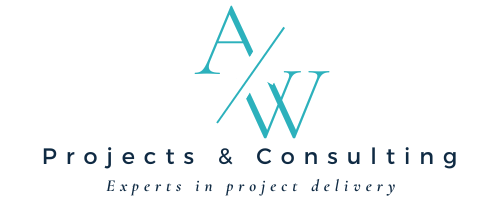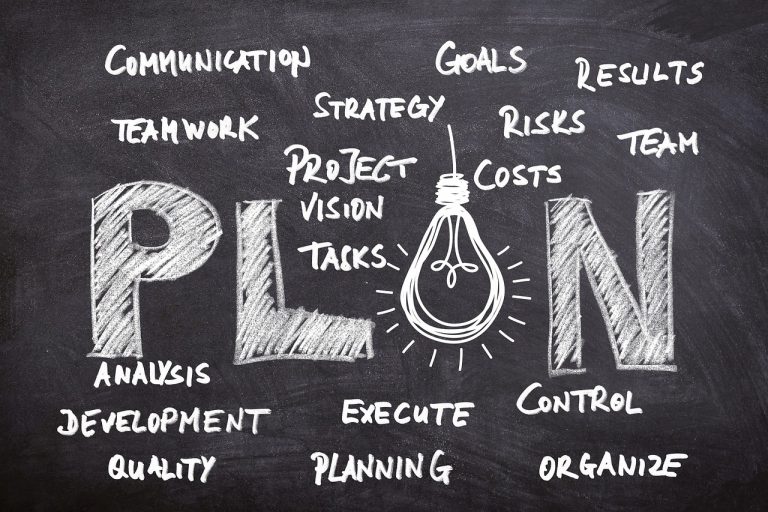Embracing the Trend: Greater Focus on the Benefits of Results in Project Management
In the dynamic realm of project management, there’s a growing emphasis on delivering not just outputs but tangible benefits and value. The trend towards a greater focus on the benefits of results is reshaping how projects are planned, executed, and evaluated. Instead of merely meeting deadlines and budgets, organizations are increasingly concentrating on the real-world impact and long-term advantages that projects bring. This article delves into this trend, explores its significance, and provides actionable strategies for managing and controlling project outcomes effectively to maximize benefits.
Understanding the Trend: Focus on Benefits of Results
1. Shift from Output to Outcome:
- Outcome-Oriented Approach: Traditional project management often emphasized outputs—deliverables, milestones, and timelines. The current trend shifts the focus to outcomes—how these deliverables contribute to achieving strategic objectives and adding value.
- Value Realization: The emphasis is on ensuring that projects generate meaningful benefits that align with organizational goals and stakeholder expectations. This includes improving efficiency, driving innovation, or enhancing customer satisfaction.
2. Alignment with Strategic Goals:
- Strategic Integration: Projects are increasingly being evaluated based on their alignment with broader organizational strategies. Ensuring that project benefits support strategic goals helps in securing stakeholder buy-in and demonstrating the project’s value.
Benefits of Focusing on Results and Benefits
1. Enhanced Decision-Making:
- Informed Choices: A benefits-focused approach provides clarity on how project outcomes will impact the organization. This allows for more informed decision-making regarding project priorities, resource allocation, and strategic alignment.
- Value-Based Prioritization: By understanding the benefits of results, organizations can prioritize projects that offer the highest value and align with long-term objectives.
2. Improved Stakeholder Satisfaction:
- Expectation Management: Focusing on benefits helps in managing stakeholder expectations by clearly defining the value that the project will deliver. This fosters stronger relationships and ensures stakeholder needs are met.
- Value Delivery: Demonstrating tangible benefits reinforces the project’s value proposition, leading to higher satisfaction among stakeholders and end-users.
3. Increased Accountability and Performance:
- Performance Metrics: Measuring success based on benefits and results encourages accountability. It shifts the focus from completing tasks to achieving meaningful outcomes, driving higher performance standards.
- Continuous Improvement: The emphasis on benefits fosters a culture of continuous improvement, as teams are motivated to enhance processes and deliver greater value.
4. Better Resource Utilization:
- Efficient Use: Understanding the benefits of results helps in allocating resources more effectively. It ensures that investments are directed towards initiatives that offer the most significant impact and return on investment (ROI).
- Resource Optimization: Resources can be optimized by focusing on projects and activities that deliver the most substantial benefits, avoiding wasteful expenditures.
Strategies for Managing and Controlling Benefits Effectively
1. Define Clear Benefit Objectives:
- Tip: At the project’s outset, clearly define the expected benefits and how they will be measured. Establish specific, measurable, achievable, relevant, and time-bound (SMART) objectives for the benefits you aim to deliver.
- Documentation: Document benefit objectives in the project charter or business case, ensuring alignment with organizational goals and stakeholder expectations.
2. Develop a Benefits Realization Plan:
- Tip: Create a detailed benefits realization plan that outlines how benefits will be achieved, monitored, and evaluated throughout the project lifecycle. Include strategies for tracking progress and ensuring that benefits are realized.
- Integration: Integrate the benefits realization plan with the project management plan, ensuring that benefit-focused activities are incorporated into project execution and monitoring.
3. Implement Effective Benefit Tracking and Reporting:
- Tip: Use project management tools and metrics to track and report on benefit realization. Implement key performance indicators (KPIs) and benefit tracking mechanisms to monitor progress and measure success.
- Regular Updates: Provide regular updates to stakeholders on benefit realization status, highlighting achievements and addressing any deviations from expected outcomes.
4. Engage Stakeholders Early and Often:
- Tip: Involve stakeholders in defining and refining benefit objectives. Regularly engage with them to ensure that their expectations are met and that they are aware of the value being delivered.
- Feedback Loop: Establish a feedback loop to gather stakeholder input on benefit realization and make necessary adjustments to align with their needs and priorities.
5. Conduct Benefit Reviews and Adjustments:
- Tip: Periodically review the benefits delivered by the project and assess whether they meet the defined objectives. Conduct benefit reviews at key milestones and project completion to evaluate performance and identify areas for improvement.
- Adjustments: Make adjustments to project plans and strategies as needed to ensure that benefits are fully realized. Address any issues or obstacles that may impact benefit delivery.
6. Foster a Benefits-Oriented Culture:
- Tip: Promote a culture that prioritizes benefits and value delivery within the project team and organization. Encourage team members to focus on outcomes and contribute to achieving the project’s strategic objectives.
- Training: Provide training and resources to help team members understand the importance of benefit realization and how to contribute effectively.
Conclusion
The trend towards a greater focus on the benefits of results is reshaping how projects are managed and evaluated. By prioritizing the tangible value and impact of project outcomes, organizations can enhance decision-making, improve stakeholder satisfaction, and drive better performance. Implementing effective strategies for managing and controlling benefits ensures that projects deliver meaningful results and align with strategic goals. Embrace this trend to elevate your project management practices, maximize value, and achieve long-term success in an increasingly competitive and dynamic environment.







